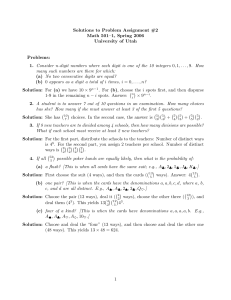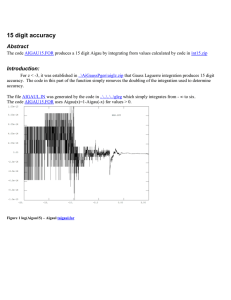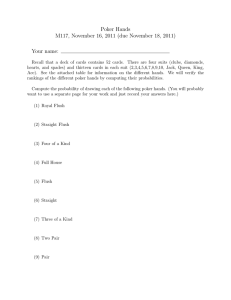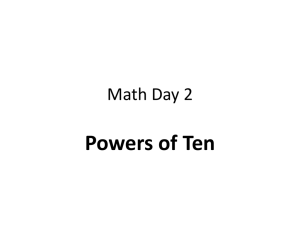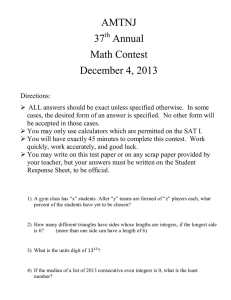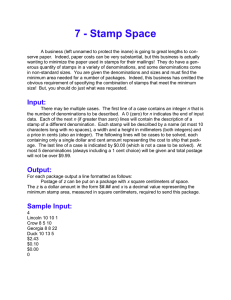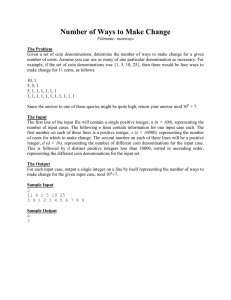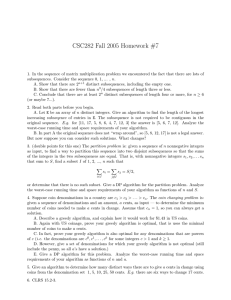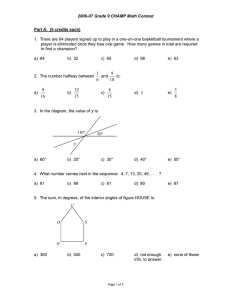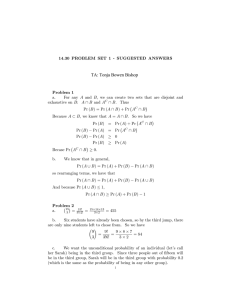Reading and Problem Assignment #2 Math 501–1, Spring 2006 University of Utah
advertisement
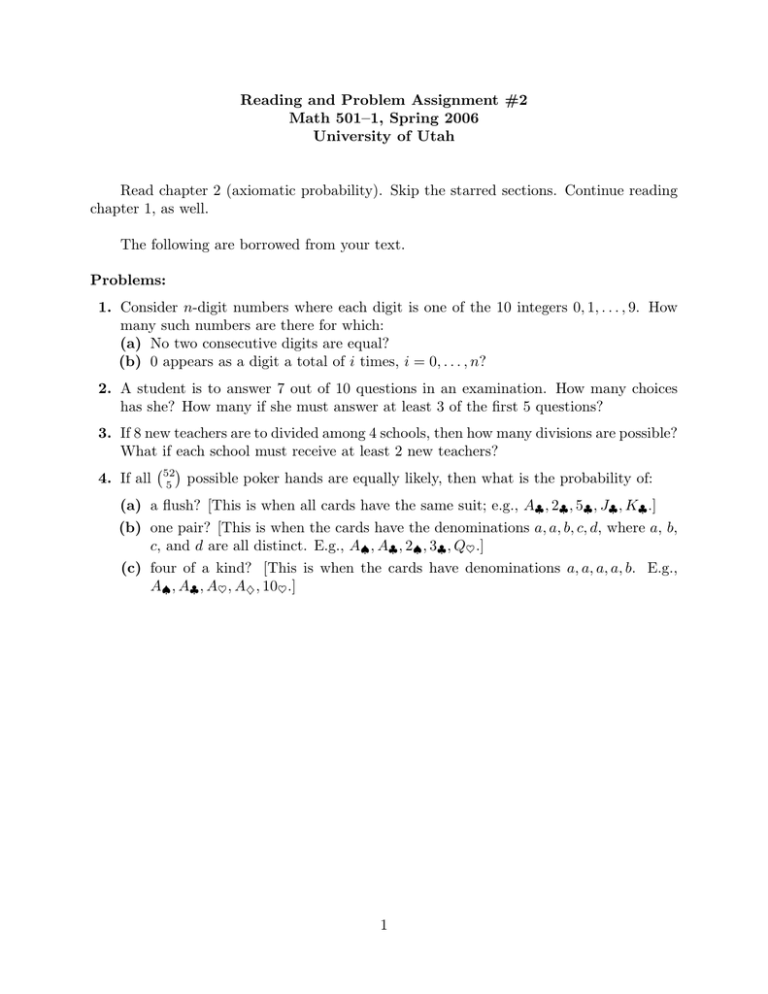
Reading and Problem Assignment #2 Math 501–1, Spring 2006 University of Utah Read chapter 2 (axiomatic probability). Skip the starred sections. Continue reading chapter 1, as well. The following are borrowed from your text. Problems: 1. Consider n-digit numbers where each digit is one of the 10 integers 0, 1, . . . , 9. How many such numbers are there for which: (a) No two consecutive digits are equal? (b) 0 appears as a digit a total of i times, i = 0, . . . , n? 2. A student is to answer 7 out of 10 questions in an examination. How many choices has she? How many if she must answer at least 3 of the first 5 questions? 3. If 8 new teachers are to divided among 4 schools, then how many divisions are possible? What if each school must receive at least 2 new teachers? 4. If all 52 5 possible poker hands are equally likely, then what is the probability of: (a) a flush? [This is when all cards have the same suit; e.g., A♣ , 2♣ , 5♣ , J♣ , K♣ .] (b) one pair? [This is when the cards have the denominations a, a, b, c, d, where a, b, c, and d are all distinct. E.g., A♠ , A♣ , 2♠ , 3♣ , Q♥ .] (c) four of a kind? [This is when the cards have denominations a, a, a, a, b. E.g., A♠ , A♣ , A♥ , A♦ , 10♥ .] 1
